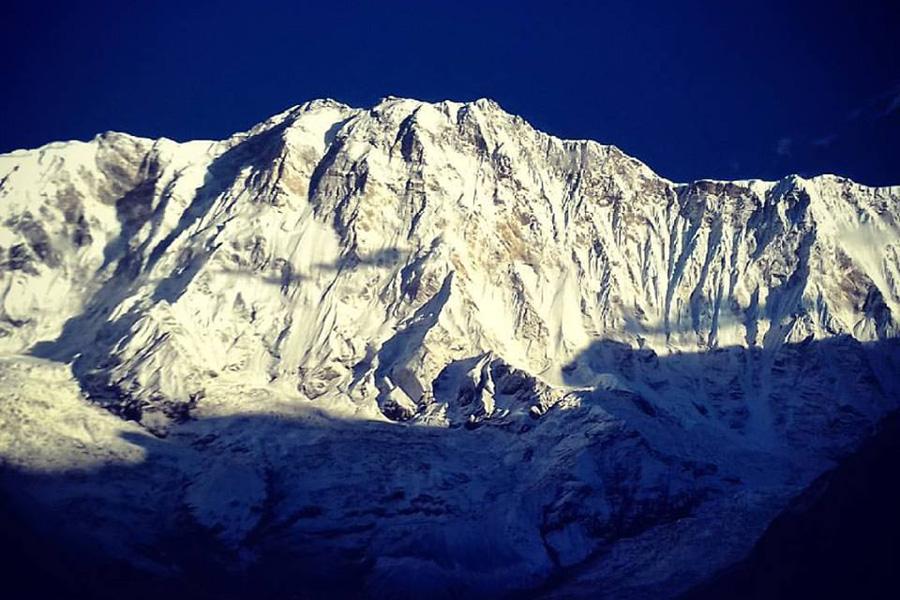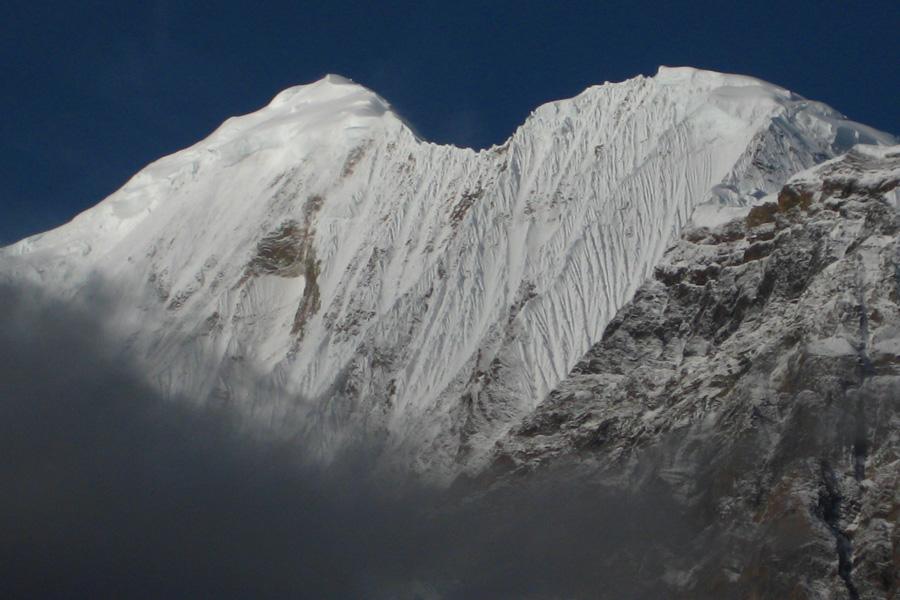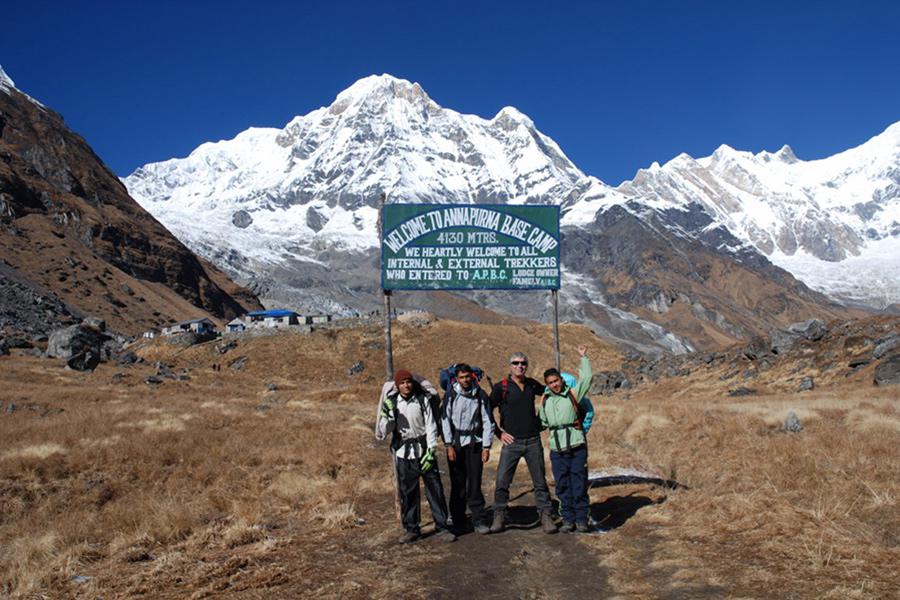Introduction
The Annapurna Conservation Area (ACA) is a treasure trove of natural beauty and biodiversity, attracting trekkers and nature enthusiasts from around the globe. Spanning over 7,629 square kilometers, it is Nepal’s largest protected area, offering breathtaking landscapes, unique ecosystems, and a chance to experience wildlife in its natural habitat.
In this guide, we’ll delve into the wildlife in Annapurna Conservation Area, its diverse flora and fauna, and how this region supports sustainable tourism and conservation efforts. Whether you’re planning a trek or just curious about the rich biodiversity of the Annapurna region, this blog has you covered.
Overview of the Conservation Area
Established in 1986, the Annapurna Conservation Area was Nepal’s first conservation area project. Managed by the Annapurna Conservation Area Project (ACAP), it aims to preserve the region’s fragile ecosystems while promoting eco-friendly tourism. Stretching across five districts – Manang, Mustang, Kaski, Myagdi, and Lamjung – it encompasses diverse landscapes, from lush subtropical forests to arid high-altitude deserts.
This conservation area is not only a haven for nature but also a cultural hotspot, home to various ethnic communities, including Gurungs, Thakalis, and Manangis, who coexist harmoniously with nature.
Wildlife in Conservation Area
1. Mammals
The wildlife in Annapurna Conservation Area includes several rare and endangered species. One of the most iconic mammals you might encounter is the elusive snow leopard, which roams the higher altitudes. Other notable mammals include:
- Red panda: Found in the dense bamboo forests, this adorable creature is a symbol of conservation efforts in Nepal.
- Himalayan tahr: A mountain goat-like animal that is often spotted on steep slopes.
- Musk deer: Known for its musk gland, this shy animal inhabits alpine and subalpine zones.
- Langur monkeys: Swinging through the treetops, they add life to the forests.
- Indian leopard: Found at lower altitudes, this predator adds to the area’s biodiversity.
2. Birds
The Conservation Area is a paradise for birdwatchers, with over 500 bird species recorded. Some of the most notable birds include:
- Himalayan monal: Nepal’s national bird, known for its vibrant plumage.
- Snow partridge: Common in higher altitudes.
- Himalayan griffon: A large vulture that plays a crucial role in the ecosystem.
- Impeyan pheasant: A colorful and striking bird often spotted during treks.
- Eagles and hawks: Soaring high above the mountains.
3. Reptiles and Amphibians
While mammals and birds dominate the spotlight, the Conservation Area also hosts various reptiles and amphibians. Look out for:
- Himalayan pit viper: A venomous snake adapted to cold climates.
- Asian toads: Found near streams and water sources.
Flora of Annapurna Conservation Area
The area boasts a remarkable diversity of plant species due to its varied climate and altitude range (from 790m to over 8,000m). It is home to:
i. Forests
- Subtropical forests: At lower altitudes, you’ll find lush forests of sal, pine, and rhododendron.
- Temperate forests: As you ascend, oak, maple, and fir trees dominate the landscape.
- Alpine meadows: Beyond the treeline, hardy shrubs and grasses take over, providing grazing grounds for herbivores.
ii. Rhododendrons
One of the highlights of trekking in the Annapurna Conservation Area is the vibrant rhododendron forests. These trees burst into colorful blooms during spring, painting the trails in shades of red, pink, and white.
iii. Medicinal Plants
The region is rich in medicinal plants like yarshagumba (caterpillar fungus) and panchaule, which are highly valued in traditional medicine.
Best Places to Experience Nature in the Annapurna Conservation
a. Ghorepani Poon Hill
This short trek offers stunning views of the Himalayas and takes you through dense rhododendron forests. It’s a great spot for birdwatching and appreciating the flora of the region.
b. Annapurna Base Camp (ABC)
The trek to ABC provides an up-close experience of high-altitude ecosystems. Along the way, you’ll pass through bamboo forests, alpine meadows, and glacial moraines.
c. Jomsom-Muktinath Trek
This route takes you through the arid landscapes of Mustang, offering a stark contrast to the lush greenery of other parts of the Annapurna Conservation. The trek is ideal for observing Himalayan griffons and other high-altitude species.
d. Manang and Tilicho Lake
Manang valley and Tilicho Lake are biodiversity hotspots, with opportunities to see rare wildlife like the snow leopard and Himalayan tahr.
Conservation Efforts in the Annapurna Conservation
The success of the Annapurna Conservation Area is attributed to its innovative approach to conservation, which involves local communities in decision-making processes. Key initiatives include:
- Anti-poaching programs: To protect endangered species like the snow leopard and red panda.
- Reforestation efforts: To restore degraded forests and maintain biodiversity.
- Eco-tourism: Encouraging sustainable tourism practices that benefit local communities and minimize environmental impact.
- Educational campaigns: Raising awareness among locals and visitors about the importance of conservation.
Tips for Sustainable Trekking in the Annapurna Conservation Area
To ensure the Annapurna Area remains a haven for wildlife and nature, follow these eco-friendly tips:
- Respect wildlife: Avoid disturbing animals and maintain a safe distance.
- Stay on marked trails: Protect fragile ecosystems by sticking to designated paths.
- Minimize waste: Carry reusable water bottles and avoid single-use plastics.
- Support local communities: Choose locally-run lodges and guides to contribute to the local economy.
- Learn about the culture: Understanding the traditions and practices of the local communities adds depth to your trekking experience.
Conclusion:
The Annapurna Conservation Area is a living example of how humans and nature can coexist harmoniously. Its stunning landscapes, diverse wildlife, and rich cultural heritage make it a must-visit destination for anyone passionate about the natural world. By appreciating and protecting the wildlife in Annapurna Conservation Area, we ensure that future generations can continue to experience its wonders.
Whether you’re a seasoned trekker or a first-time visitor, the Annapurna promises an unforgettable journey through some of the most breathtaking and biodiverse landscapes on Earth. Plan your trek, pack responsibly, and immerse yourself in the magic of this natural paradise!
Author: Soniya Sah
Date: 12th December, 2024
Related Trip





























